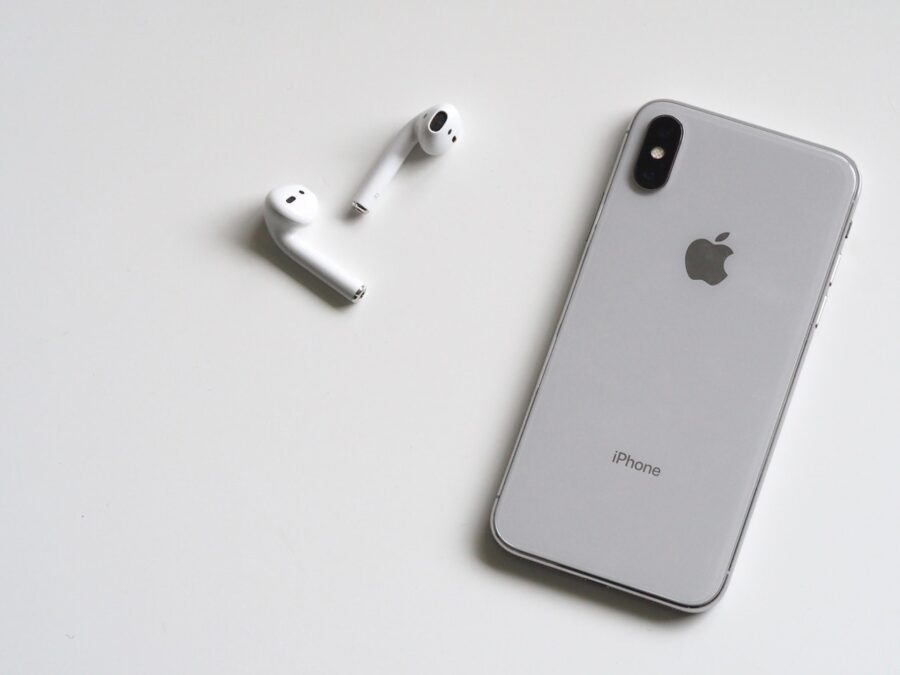Businesses are needing to keep up with technology more than ever before, with the significant catalyst for this being employee demand. Due to the speed at which technology has evolved over the last few years, organisations have struggled to keep up with increasingly tech savvy employees who have higher expectations than ever before when it comes to the devices they use for business.
With the worldwide mobile worker population set to increase to 1.3 billion by 2015, they will also need devices that are able to do a whole lot more.
A recent study by Intercity Telecom has revealed that the majority of IT departments are thought to be much further behind than they realise in supporting current working trends by IT users, such as remote working and device strategies, by as much as 21 months. So with pressure on IT departments to provide access to their core business applications anytime, anywhere to a demanding and often very diverse workforce, where is the IT department to begin?
Consumerised IT: managing user expectations
The consumerisation of IT is increasing at a significant rate, as popular mobile devices continue to invade businesses. This has seen IT projects, solution designs and investments evolve to align with shifting user expectations. The days of traditional enterprise IT are quickly giving way to consumerised IT services, equipment and practices that are redefining the ways companies do business.
> See also: Securing the IoT device landscape: a complete guide to making life difficult for hackers
It is important to remember that the expectations when choosing a mobile device for personal use as opposed to business use can be very different. There is a lot more involved when choosing a business device than aesthetics and it is important that IT departments understand user motives for wanting certain devices so that this can be managed.
The easiest way to do this is to encourage user feedback. This could be in a focus group environment where users have the opportunity to learn more about the proposed devices and if they will provide them with the functionality that they require to do their job.
The Intercity study found that less than a third of IT teams ask their users for feedback before making a decision on systems and products their colleagues can use, and around half make the decision internally within the IT team. This could mean software or telephone systems are chosen with the IT team’s requirements in mind, overlooking the user’s actual needs.
Lack of involvement in the device decision making process and not being able to use preferred devices or software could have a detrimental effect on user productivity. It could be equally detrimental to the IT team if they have to then provide additional support to users who are unfamiliar with the new products.
Operating Systems: the bigger picture
The Operating System (OS) is one of the most important things to consider when choosing a business device. As well as determining the smartphones capabilities the OS will determine the user experience of the phone. It is also important to ensure that the chosen OS fully supports the requirements of the end user, the applications that will be run, as well as ensuring that the security and functionality is sufficient for the needs of the users. All of these factors can help to narrow down the choices while speeding up adoption and deployments.
Another critical consideration is device management and it is important to verify which mobile device OS will work with a particular management solution, this will also have to be weighed against the services available under a management platform. Management platforms may include capabilities such as remote device wipe, automated provisioning, security policy enforcement, VPN connectivity and many other capabilities.
IT investment: telecoms vs. wider IT issues
With any other piece of IT ‘equipment’ integrated into the business, additional thoughts and investment plans are implemented to maintain quality and security and there is no reason why telecoms shouldn’t be given the same consideration, especially when it is clear how vital mobility is to the productivity and communications of the organisation.
The ability to connect and communicate effectively is vital for productivity and performance, so it is important to invest wisely in a mobility strategy. Put simply, it is business critical to consider integrating mobile capabilities into wider communication technology and IT infrastructure.
When adopting new technologies it is important to consider if they can be immediately used internally, and if not, has a training programme been employed into the strategy to ensure that user adoption is more easily achieved and that IT time isn’t taken up providing additional support to users.
When it comes to choosing an OS, why choose iOS if the rest of your infrastructure is windows based? Or if platform security is your ultimate goal, should Blackberry still be at the top of the IT agenda? The two latter platforms are often dismissed because of the dominance of Apple in the consumer space, but we are talking about enterprise mobility and thus the aim of the strategy isn’t driven by the consumerisation of IT, but rather it is focused on productivity and security.
> See also: The ABCs of mobile device management
Think about multi-site, multi-device working environments and the importance of ensuring colleagues can remain active and connected no matter where they are and allow them to keep working on the same things.
There are a lot of elements to take into consideration when planning a mobility strategy, over and above what handset to purchase and it is important to retain perspective with so many people to cater for. It can be tricky, but involving IT users in the decision making process could potentially prove to be beneficial and as a result increase productivity.
Take a wider look at what different operating systems can and can’t allow against the objectives that have been set to make sure that you can achieve what is required. Most importantly, make sure that the size of investment is not underestimated and is given the same priority as wider IT issues.
Sourced from Will Kennedy, Sales and Marketing Director, Intercity Telecom






